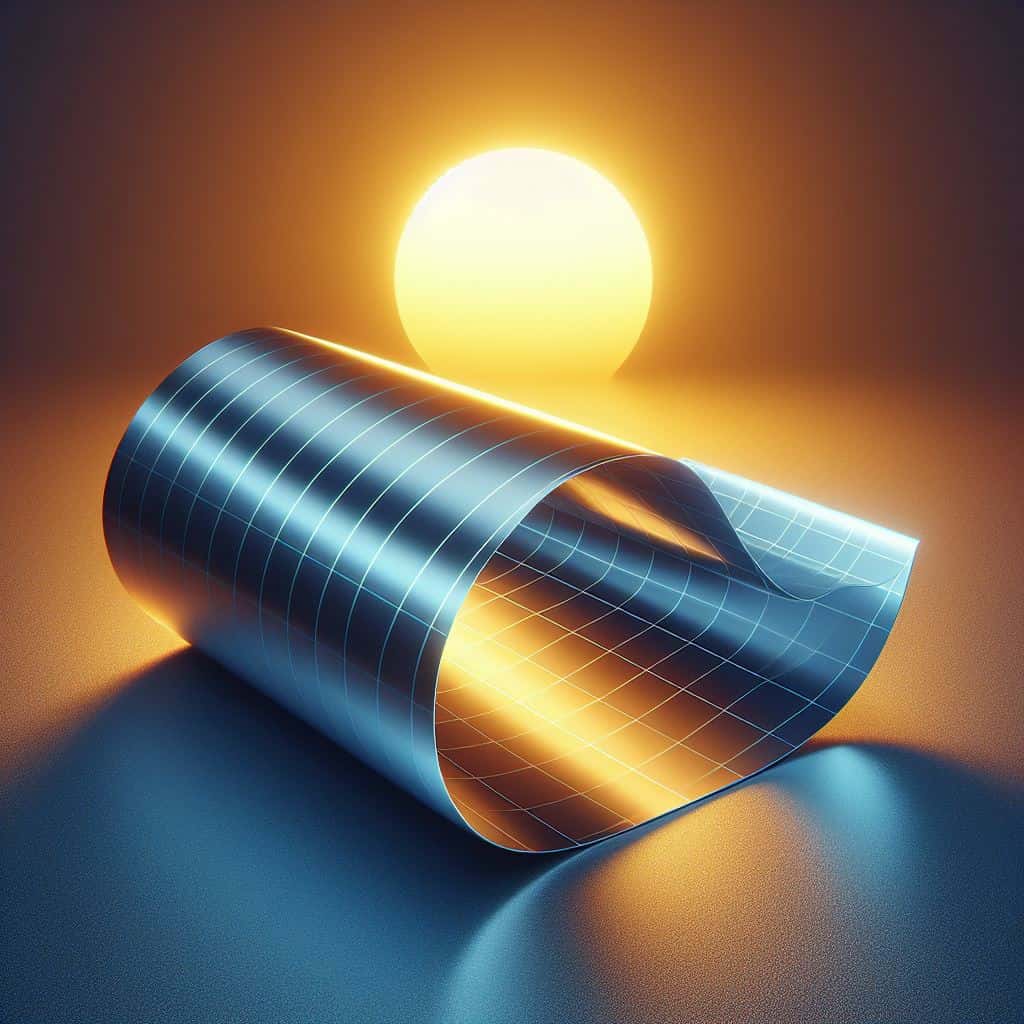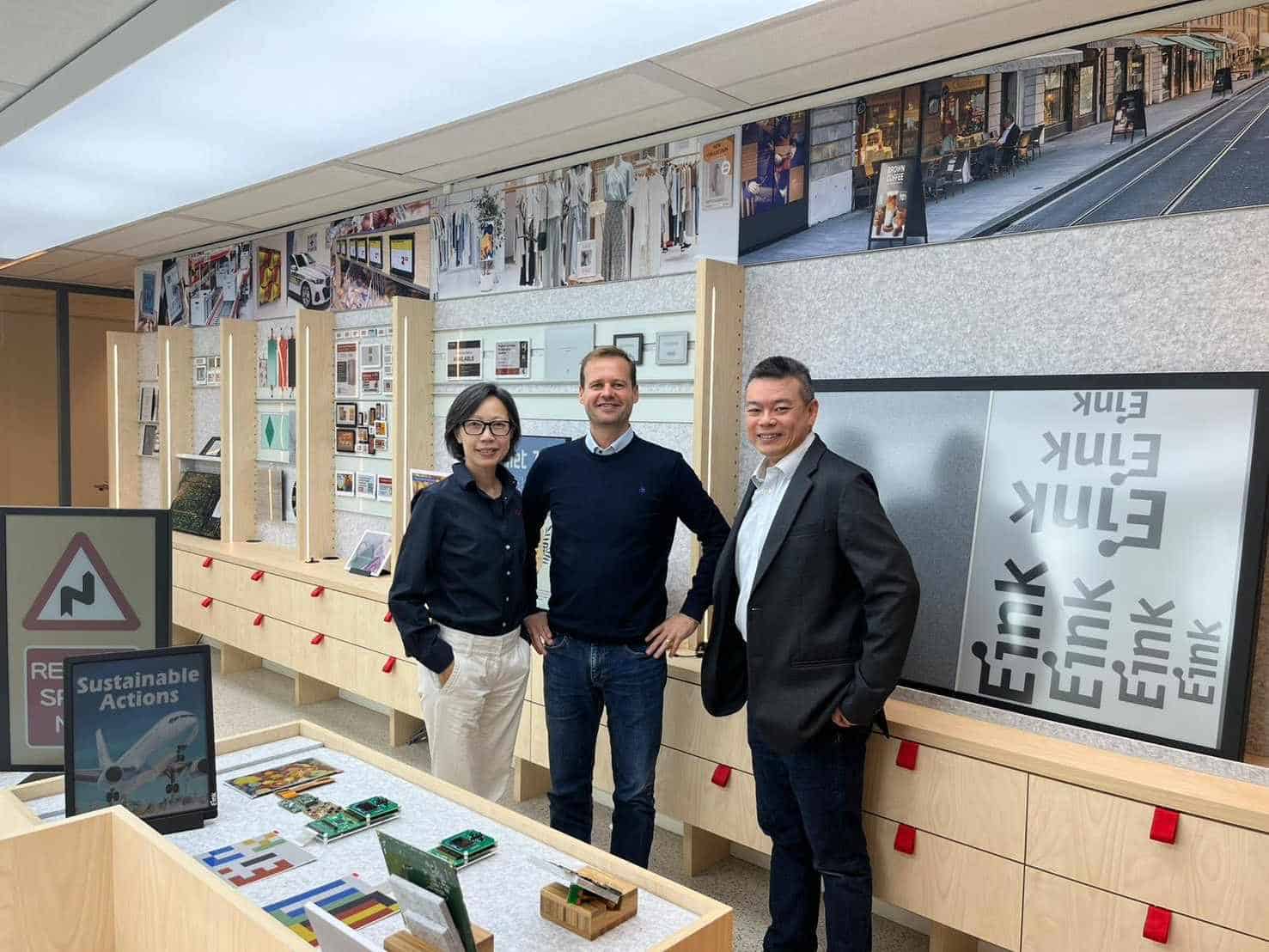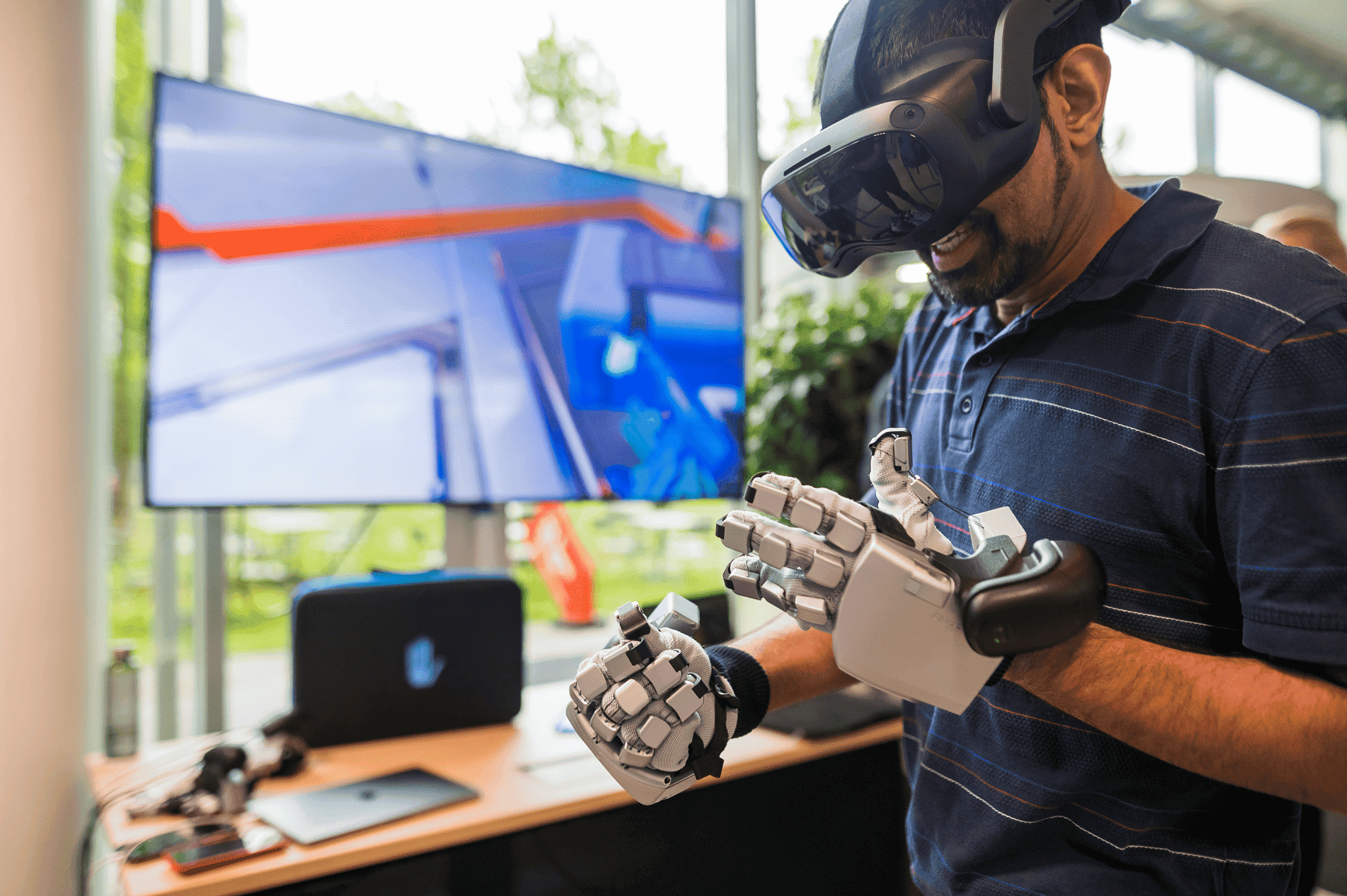
R&D institute Holst Centre and American ultra-thin ceramics supplier ENrG Inc. have created the first ever ceramic-based, large-area flexible OLED. According to Holst, the device, manufactured on the 20-40 µm thin ceramic substrate, promises a lifetime of at least 10 years without the formation of blackspots. The ceramic carrier is also easy to handle and capable of withstanding the high temperatures used in display backplane manufacturing and standard sintering processes.
OLED (organic light-emitting diode) is a semiconductor light source. OLEDs are used to create digital displays in devices such as television screens, computer monitors, mobile phones, and handheld game consoles.
In a press release, Holst claims that the ceramic substrate used for the 12 cm by 2.5 cm prototype combines many of the best properties of other flexible OLED carriers. “It offers an intrinsic barrier to protect the sensitive OLED from the environment, as with metal foils or flexible glass. But it is much easier to handle than either. Like plastic films, the ceramic offers the potential for semi-transparent devices. In fact, its slight opaqueness actively improves light outcoupling, opening the door to higher devices efficiencies. Unlike plastic films, though, the ceramic can withstand temperatures up to 1000 oC.”








